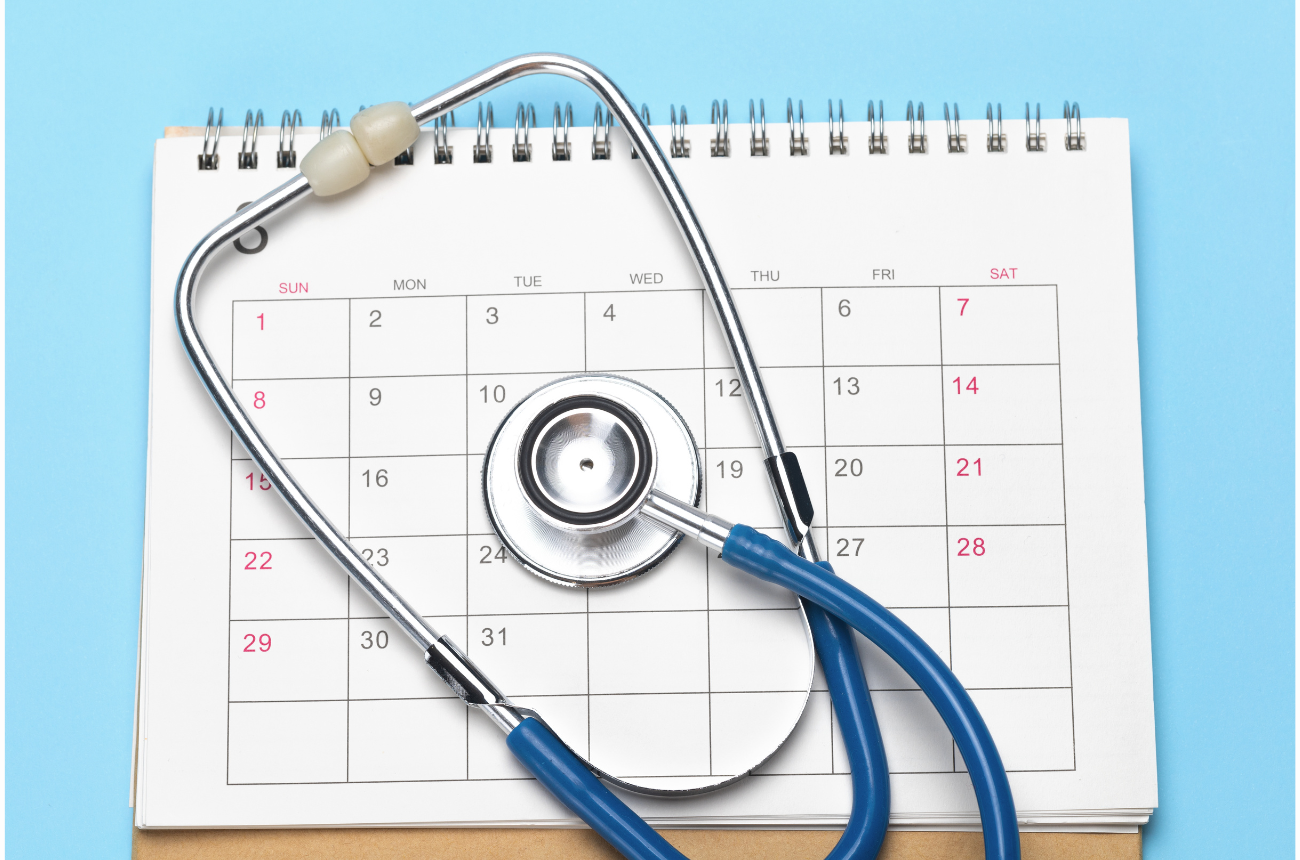In today’s healthcare landscape, efficiency, accuracy, and patient engagement are more important than ever. And yet, many practices—especially smaller or independently owned ones—still rely on paper charting to document care. While familiar and adaptable, paper records are prone to error, loss, and long-term inefficiency.
Switching to an Electronic Medical Record (EMR) system is no longer a luxury—it’s a strategic move that can speed up clinical workflows, improve care quality, and future-proof your practice.
What Is an EMR?
An Electronic Medical Record is a digital version of a patient’s paper chart. It includes all the essential clinical data—from visit notes and diagnoses to medications, lab results, and treatment plans—and is stored securely online. Unlike paper records, EMRs can be accessed from anywhere, across multiple devices, and synced across teams.
Why It’s Time to Move On from Paper
1. Paper Records Are Prone to Error and Loss
Misfiled or illegible notes, misplaced charts, and incomplete documentation are common issues with paper systems. These can delay patient care, frustrate staff, and lead to costly compliance issues.
2. EMRs Improve Efficiency and Workflow
EMRs speed clinical documentation with automatically populating intakes, charting templates, pre-populated fields, and standardized codes - today, EMRs even have AI charting that documents the whole visit on your behalf. That means less time spent handwriting or flipping through folders—and more time focused on patients.
3. Better Coordination of Care
Digital records can be shared across your practice in real time, allowing for more seamless communication between providers, front desk, and billing. Some EMRs even integrate with labs, pharmacies, and patient portals, ensuring you have all of your lab results, medications, and patient communications in one central spot to reference. All of this helps improve overall care coordination.
4. Enhanced Patient Experience
Today’s patients also expect digital access. With an EMR, you can provide online questionnaires forms to improve intakes, visit summaries to drive treatment plan adoption, and secure messaging through a portal to build patient engagement and rapport—improving transparency and trust with your patients at every stage of their journey with your practice.
5. Easier Compliance and Security
Paper records are at greater risk for HIPAA violations if not stored properly. EMRs offer built-in safeguards like audit trails, role-based permissions, and two-factor authentication to help you track access to your medical records and stay compliant with the latest regulations.
6. Scalability for Growth
If your clinic expands—adding providers, new services, or additional locations—paper becomes a bottleneck. EMRs are built to scale with your operations, enabling the long-term growth and expansion of your practice.
Why Choose OptiMantra as Your EMR Solution
Switching to digital doesn’t have to be complicated. OptiMantra offers a complete, user-friendly EMR and practice management system designed for medical and wellness practices. From intake to charting, payments to scheduling, it all lives in one place—reducing paperwork and helping your clinic run more smoothly.
With customizable charting templates, secure patient communications, and full scheduling and billing integration, OptiMantra helps you do more with less—and grow confidently, knowing your documentation is organized, compliant, and easy to use.
Plus, switching doesn’t have to be scary! Our team has lots of the content you need already pre-configured, and the support to get you successfully migrated over.
Try OptiMantra for free here.





